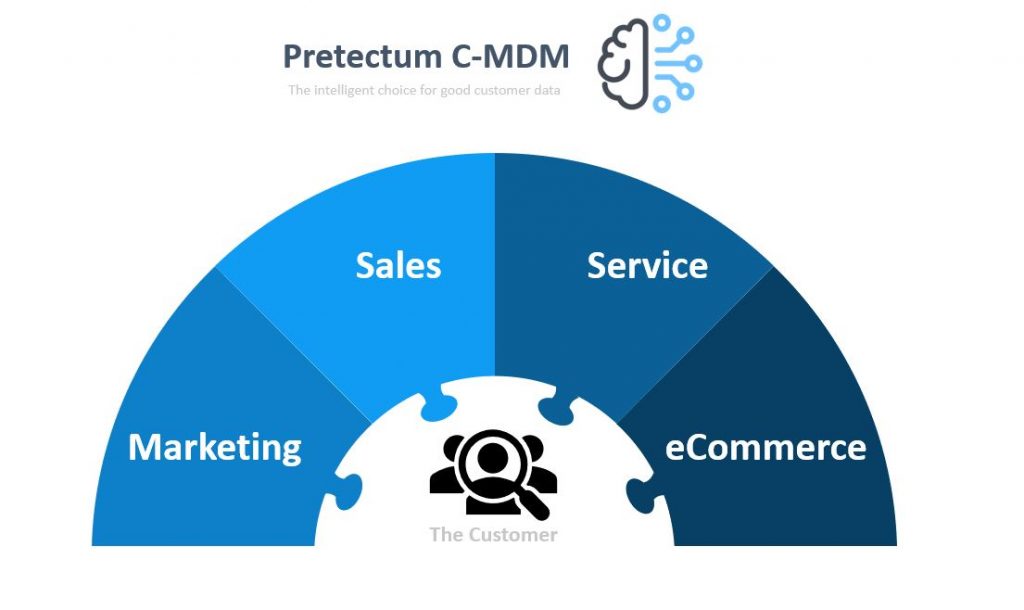Over the years, many businesses have successfully held onto a loyal customer base while generating new relationships with new customers and retaining them through optimized and appropriate customer relationship management.
Oftentimes, this formation and retention of customer relations have been heavily tied not just to the brand and the products and services but also through how that business has managed customer data.
Interestingly, even businesses that have adopted customer data management are not necessarily household names and brands that you might recognize but they’ve still been able to stay in business sometimes in a multi-generational way because they work hard on building and maintaining the customer relationship and are leveraging data to do it.
Times have changed and often it may seem really hard to do business with customers in the way it used to be. At face value that means that only the strongest brands might survive. This doesn’t have to be true though, what this does mean though, is that now more than ever, businesses need to not only adapt the way that they think about the customer but in particular how they consider customer data management. They need to obsess about it because the competitive game of business around them has changed from something that perhaps seemed easy, to a more advanced level. Businesses that still want to play easy would be at risk of facing an imminent game over.
“Old habits die hard” – the bad ones need to be killed off with persistence.
Fewer than 200,000 businesses in the United States may have failed during the first year of the COVID-19 but the final tally may be higher than thought given the subsequent waves of the Delta and Omicron variants.
Business failures often stem from misalignment between the unique resources and capabilities of the organization and the demands of the new business environment and data can be one of the greatest resources that help inform your business.
COVID-19 certainly introduced a number of aspects to the way businesses work, that changed a lot of the face-to-face personal experience for retailers but it also changed things for the bespoke and custom apparel sector. The pandemic did a pretty good job at slowly killing consumer purchasing habits and behavioral patterns in particular until there is barely anything left to even be cremated!
The global pandemic has greatly impacted businesses in all industry segments in all geographies and has forced us to rethink how we work, travel, communicate and shop. This change in old habits has affected businesses, both big and small. Very few escaped unscathed in some way.
Before the covid-19 pandemic, local businesses had regular operating hours, the notion of walk-ups into a physical store to purchase items would have been considered commonplace.
When the pandemic hit, our physical movement became restricted, safety became a priority, walk-ups instead became queue ups. Consumers started accelerating their migration to the virtual world, increasing their digital adoption, instead of going to the store physically, they would go to the store online.
E-commerce continued to experience strong growth, rising to about 30% year on year. Shopping for more basic needs like food, sanitary, nose masks, and other products related to the pandemic went on the rise, and purchasing less and less from travel sites and agencies, car insurance, and outdoor entertainment. The automobile industry remained strong, perhaps in part because of changes in disposable income and a refocus on the personal asset base.
Surveys found that consumers in several regions shifted more to value-based purchasing, which prioritizes obtaining maximum value for the consumer for the money spent. eCommerce facilitated shopping around too.
In short, consumers started settling for new patterns of behavior in response to the multiple waves of the pandemic, something we can likely expect to persist. As a result of these rapid, yet continuous and unpredictable changes, customer data that businesses held in their various systems became less accurate and potentially more inconsistent as customers’ behavior continued to change. The result? Ultimately if your business is using data to make decisions the customer experience may be poorer if the understanding of the customer hasn’t changed with the changed context.

Fear and risk of infection will fade over time, but when exactly that will be, we cannot be sure. In the meantime, as consumers potentially ease back into their old ways, habits, behavior, purchasing patterns, your business should remain aggressively resolved to support the current and present environment, the old and the new. All of that is going require you to have the best possible customer data in order to successfully satisfy your customer’s needs in a sustained way. You could continue to just play easy if you have been resting on your laurels waiting for better days, but that’s a risky proposition in the longer term.
It’s been a long rough ride for business in general but some have weathered the storm because they have adapted or already had a robust customer data profile in place ahead of the pandemic. You’d agree, that now more than ever, your business needs to obsess about their customer data management because your business is planning to stick around. Surviving in the game depends on that data.
So far, businesses that have adopted customer data management, have been able to meet customers’ expectations to the maximum extent possible and they’re in a better position to retain such ones even during the post-pandemic era.
Now, is the time to secure your customer’s confidence and loyalty, and what better way to achieve that if not by your customer data management. Pretectum believes it has the perfect customer data management solution to support your business in the journey. Using a hub and spoke approach to data management means that your existing systems can remain intact but leverage a central source of truth to drive improved insights and decisions. Contact us today to learn more.


